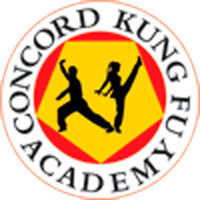A History of Lion Dance
The lion dancing tradition dates back to the Tang dynasty (609-906 AD), over a thousand years ago. According to legend, a Chinese Emperor had a dream in which he was attacked by demons and saved by a strange looking animal. When he described the creature to his ministers, one of them said that it sounded like it might be a creature from the West, a lion. Since lions are not native to China, the characteristics of the dragon and the phoenix were used to create the lion costume used in lion dancing.
From that dream lions became a symbol of good luck. Traditional lion dancers, accompanied by a drum, cymbals, and gong dance to scare away the demons and to bring good fortune.
Lion dancers are always kung fu practitioners. Chan Cheong Mo (see Choy Li Fut lineage page) made a name for himself in the old days by performing lion dancing. His lion skills were excellent. He (and his school) was one of the "Three Great Lion Dancing Kings of Guangdong." The other two "kings" were Chan Ngau Sing and his Hung Sing studio in Fut San and Wong Fei Hung and his Po Chi Lum studio in Canton. Chan Cheong Mo's Hung Sing studio was the one with the most lion dancing teams in parades and he always had the best and most beautiful lion dancing costumes in the city.
Great-Great Grandmaster Chan Cheong Mo produced many outstanding students to carry on the teaching of his martial art and his lion dancing skill. Grandmaster Doc-Fai Wong's teacher, Great Grandmaster Wong Gong, is one of them.
Lion Dance Training
Lion dancing is a fun and rigorous workout for students. Bringing the lion to life requires stamina, strength and coordination. The training also improves rhythm and cultivates creativity, as students learn to work together as a team.
CKFA lion dancers practice throughout the year to perform at various parades, weddings, grand openings and other special events.

